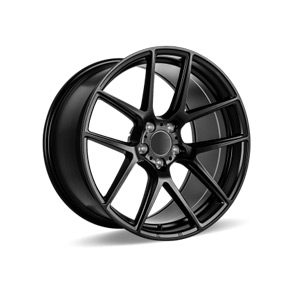Tips for Replacing and Adjusting Your Bicycle Gear Cable for Optimal Performance
Changing Gear Cable A Step-by-Step Guide
Changing the gear cable on your bicycle is a crucial maintenance task that can significantly enhance your riding experience. A well-functioning gear cable ensures smooth shifting, improves performance, and prolongs the lifespan of your drivetrain components. Whether you're a seasoned cyclist or a beginner, performing this task is both manageable and rewarding. In this article, we'll walk you through the process of changing a gear cable, ensuring your bike runs like new.
Tools and Materials Needed
Before you begin, gather the necessary tools and materials. You will need - A new gear cable - Cable cutters - Allen wrenches or screwdrivers (depending on your bike's components) - A 5mm or 4mm hex key (for most bikes) - A bike stand (optional but helpful) - Lubricant - A cloth for cleaning
Step 1 Prepare Your Bike
Start by setting your bike on a stable surface, ideally on a bike stand. This will make the process easier and cleaner. If you don’t have a bike stand, simply flip your bike upside down, ensuring you protect the handlebars and seat from scratches.
Step 2 Remove the Old Gear Cable
Begin by inspecting your gear shifting mechanism. Identify the gear cable that needs replacing. Most bikes will have a barrel adjuster at the shifter or near the derailleur. Start by loosening the barrel adjuster completely to relieve tension on the cable.
Next, shift your bike into the smallest chainring and the smallest rear sprocket. Doing this will create slack in the cable, making it easier to remove. Use the appropriate tool to unscrew the anchor bolt that secures the cable to the derailleur or shifter. Once unscrewed, pull the cable out from the shifter and derailleur housing.
Step 3 Install the New Gear Cable
changing gear cable

Take your new gear cable and thread it through the shifter housing first. Make sure that you push it through completely until you can see the end of the cable. Next, run the cable through the derailleur. Ensure that it follows the correct path, according to your bike's design, as it will dictate how effectively your gear shifts.
Once the cable is in place, secure it with the anchor bolt at the derailleur. Ensure it’s tight enough to prevent slippage but not so tight that it risks damaging the cable.
Step 4 Adjust the Cable Tension
Now, return to the barrel adjuster. You'll need to adjust the tension of the cable. Start by turning the adjustment barrel counterclockwise to increase tension. Shift through the gears to check for smooth operation. If the chain is slow to engage or skips gears, you may need to add more tension.
Step 5 Test Your Gears
After making adjustments, it's crucial to test the gear shifting. Spin the pedals and shift through all gears, both up and down. Listen for any clicking or grinding noises that could indicate that adjustments are still needed. Make further adjustments if necessary until the shifting feels precise and smooth.
Step 6 Final Checks
Once satisfied with the shifting, cut any excess cable using cable cutters, leaving about an inch of cable protruding. Bike cables often come with end caps; crimp these onto the ends to prevent fraying. Finally, wipe down any excess lubricant and ensure everything is clean.
Conclusion
Changing your gear cable is an essential maintenance skill that every cyclist should know. Not only does it enhance your bike’s performance, but it also gives you a deeper understanding of how your bike works. By following these steps, you'll ensure that your bicycle remains in peak condition, ready for your next adventure. Remember, regular maintenance is key, and knowing how to change a gear cable is just one part of that essential routine. Happy cycling!
-
Workings of Clutch Pipe and Hose SystemsNewsJun.04,2025
-
The Inner Workings of Hand Brake Cable SystemsNewsJun.04,2025
-
The Secrets of Throttle and Accelerator CablesNewsJun.04,2025
-
The Hidden Lifeline of Your Transmission Gear Shift CablesNewsJun.04,2025
-
Demystifying Gear Cables and Shift LinkagesNewsJun.04,2025
-
Decoding Clutch Line Systems A Comprehensive GuideNewsJun.04,2025
